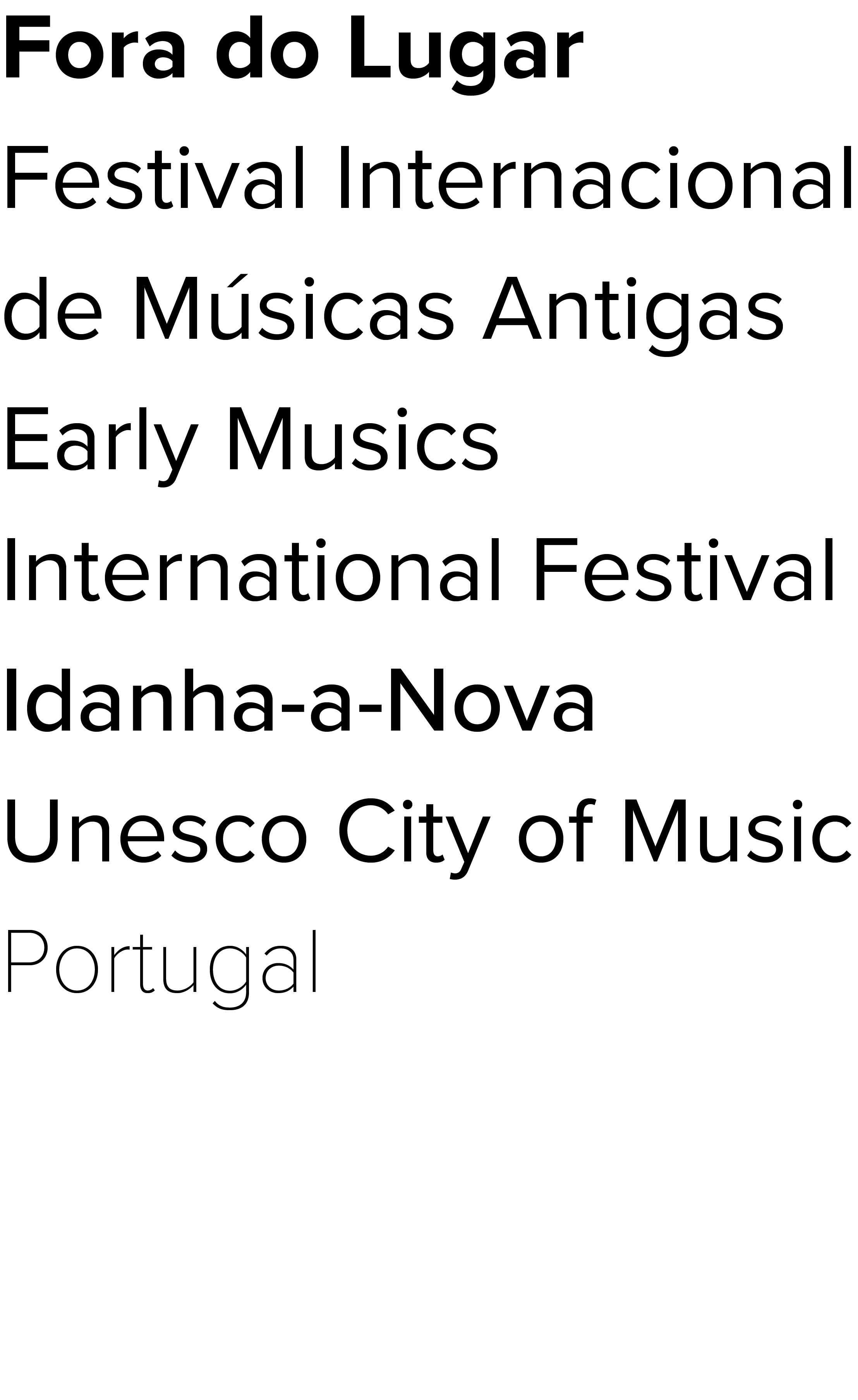Concerto Concert
Sexta-feira Friday
6.12.2024
21.30—22.30
Sitar
Jugalbandi
Índia
India
Senhora da Azenha
Ermida
Pandit Abhishek Adhikary, sitar
Dr. Murchana Adhikary Barthakur, sitar
Talmani Madhurjya Barthakurm, tabla
Trio de Música Clássica Indiana de Raga
Indian Classical Raga Music Trio - Dialogue between two Sitar and Tabla
Raga Bageshri – Aalap (introdução introductory piece)
Vilambit Gat – em Tintal (ciclo de 16 tempos time cycle of 16 beats – tempo lento composition in slow tempo)
Drut Gat – em Ektaal (ciclo de 12 tempos time cycle of 12 – tempo rápido composition in fast tempo)
Jhala (conclusão conclusion piece)
Melodia sobre Raga Bhairavi A folk tune based on Raga Bhairavi
Sinopse
Os sitars iniciam com um raga nocturno tradicional denominado Bageshri. Este raga evoca uma sensação de brilho e é caracterizado por um ambiente doce e romântico. Após o desenvolvimento inicial do raga pelos sitars (Aalap), a tabla junta-se com um ciclo rítmico de padrões e movimentos que progridem de um tempo lento a rápido.
O ensemble interpreta três composições neste raga: o Vilambit Gat (composição lenta) em Tintal, o Drut Gat (composição rápida) em Ektaal, terminando com Jhala (a conclusão em ritmo acelerado das composições clássicas de um Raga).
O concerto fecha com uma melodia folclórica baseada no raga Bhairavi. Este raga assemelha-se às notas do modo frígio da música ocidental.
Synopsis
The sitars start with a traditional melodious night raga called Bageshri. This raga evokes a sense of lustre and is characterised by a sweet and romantic mood. Once the raga has been performed by the sitars (alap), the tabla joins them, exhibiting the rhythmic cycle, patterns and movements, which gradually increase in tempo from slow to medium and then fast.
The ensemble will perform three compositions in this raga: the Vilambit Gat (slow composition) in Tintal (16-beat rhythmic cycle), the Drut Gat (fast composition) in Ektaal (12-beat rhythmic cycle),
The second presentation will be a lighter form (a folk tune) based on the raga Bhairavi. The raga Bhairavi bears resemblance to the notes of the Phrygian mode in western music.
Biografia
O sitar é um dos cordofones mais relevantes e populares da Ásia Central na tradição da música clássica indiana.
Pandit Abhishek Adhikary e Murchana Adhikary Barthakur, dois mestres do sitar, são também compositores, educadores e pesquisadores na Índia, e têm vindo a alcançar reputação internacional através das suas apresentações meditativas, virtuosas e graciosas da sua arte.
A sua música materializa o património da música tradicional da Índia. A interacção entre os dois sitars resulta extraordinariamente agradável. Este duo de sitar já se apresentou em inúmeros festivais de música, na televisão e nos meios de comunicação digitais na Índia e noutros países. Os músicos concluíram os seus estudos de mestrado e doutoramento em Música Indiana na Universidade Rabindra Bharati e na Indira Kala Sangit Vishwavidyalaya.
Biography
The sitar is one of the most significant and popular chordophones in Central Asia, within the tradition of Indian classical music.
Pandit Abhishek Adhikary and Murchana Adhikary Barthakur, two sitar maestros, educators, composers and researchers from India, have earned considerable status and popularity through their meditative, virtuosic and graceful presentation of their art.
Their music embodies the heritage of Indian traditional music. The interaction between the two sitars is truly pleasing to the ear. Sitar Couple has performed at numerous major music festivals, on television, and in electronic media in India and other countries. The musicians completed their Master’s and Doctorate degrees in Indian Music at Rabindra Bharati University and Indira Kala Sangit Vishwavidyalaya.



